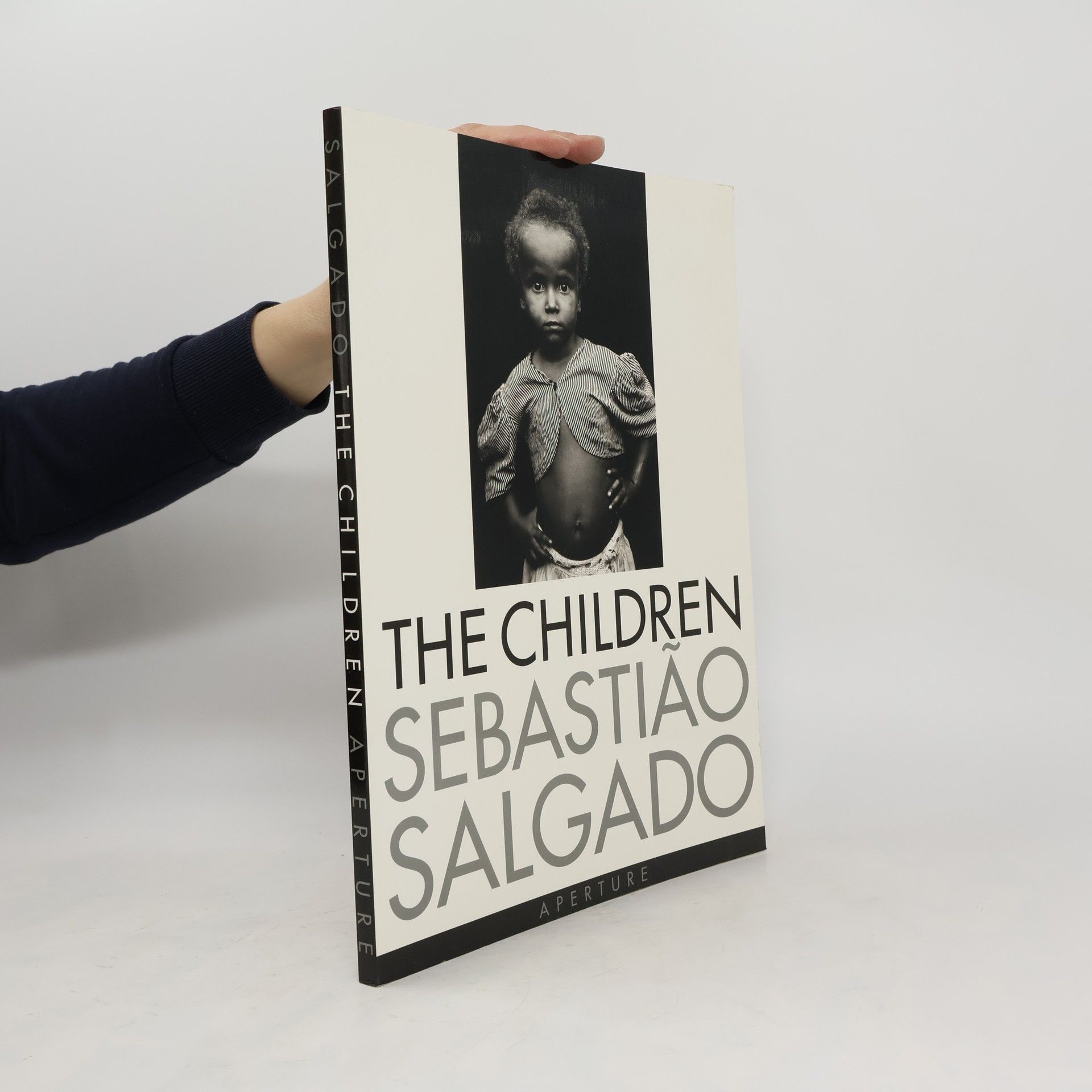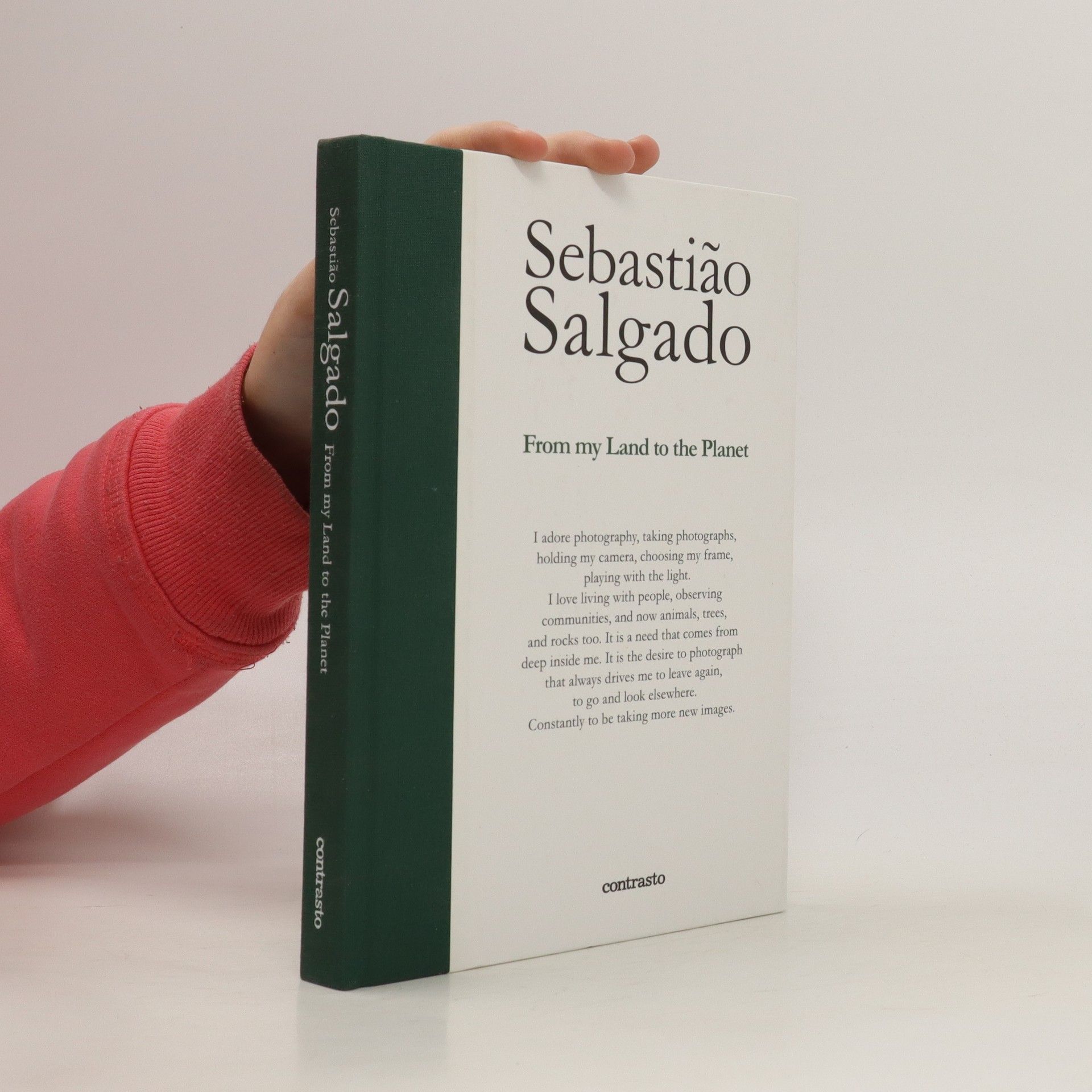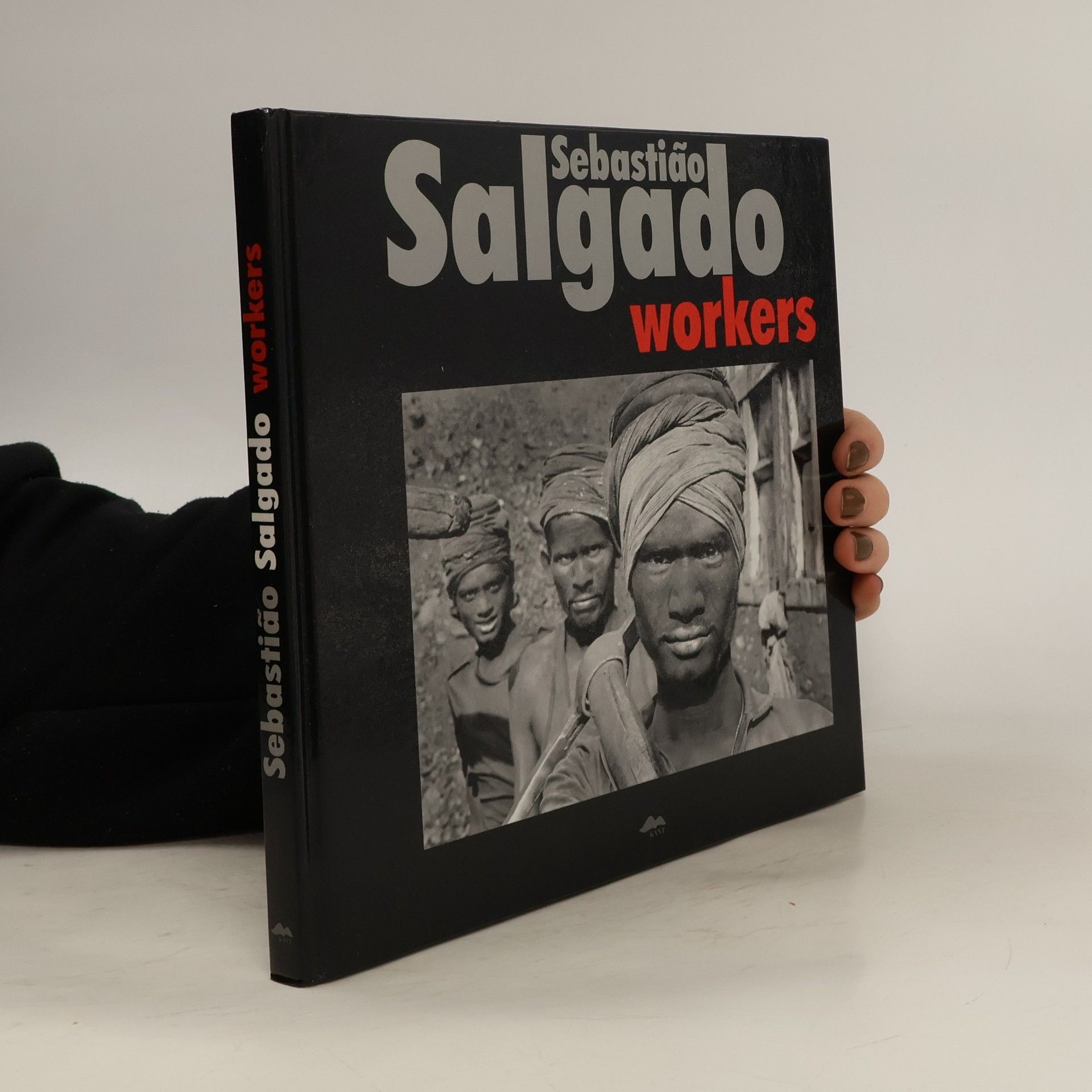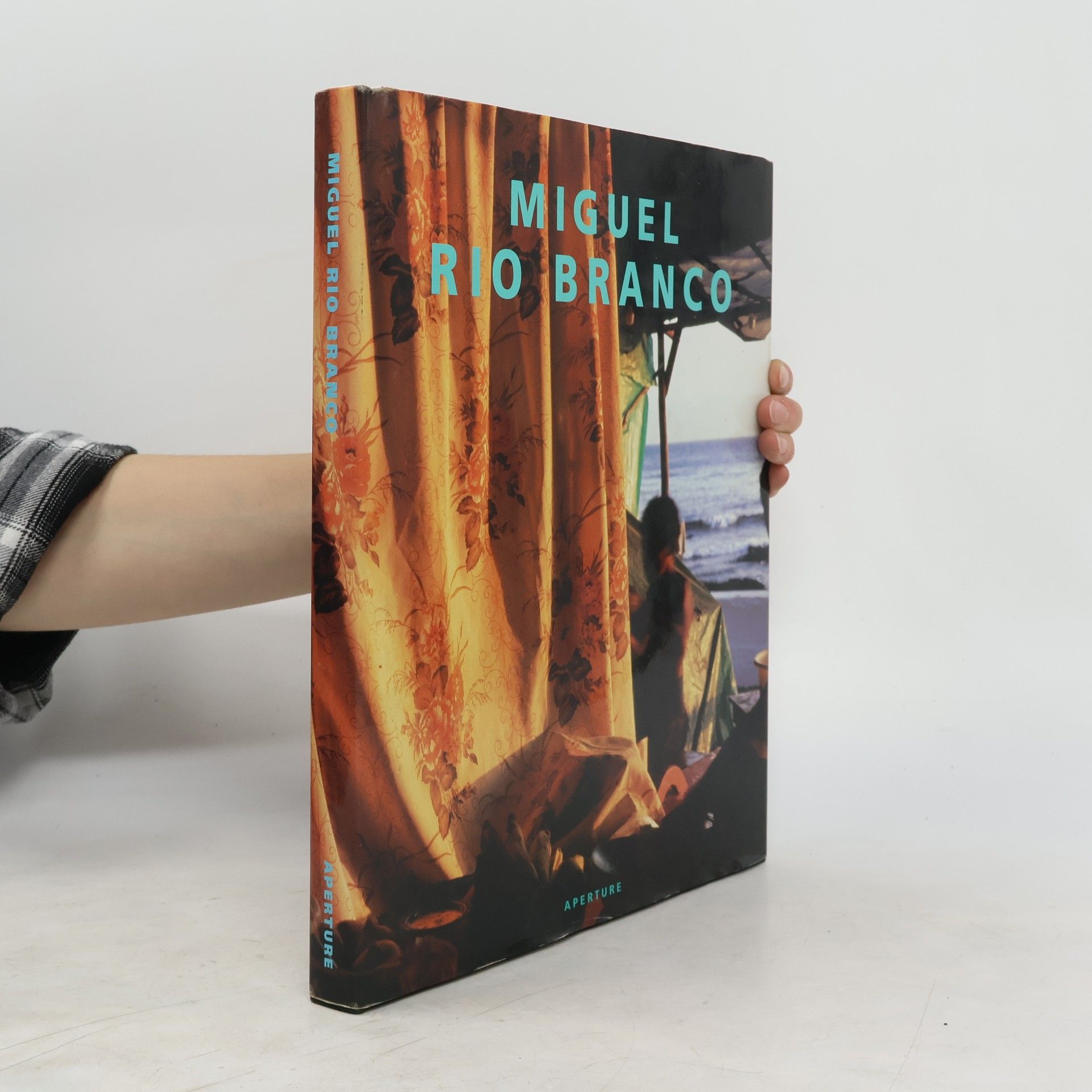Sebastião Salgado's Workers is an elegy to the manual laborers of the industrial age in the fields of agriculture, mining, oil, construction, food and industry. Salgado's powerful images of tea pickers in Rwanda, dam builders in India, steelworkers in France and the Ukraine, sugarcane harvesters in Brazil, assembly-line workers in Russia and China, sulfur miners in Indonesia and others pay moving tribute to the working people who, in Salgado's portrayal, have maintained their dignity under the harshest of conditions. Made over a period of six years, the 250 photographs comprising the series were first exhibited in 1993; for this publication, the project's original curator, Lelia Wanick Salgado, has narrowed the selection down to 81 photographs. A classic photobook, Workers offers an affirmation of the enduring spirit of working women and men.
Sebastião Salgado Knihy
Sebastião Salgado je fotograf, jehož práce se zaměřuje na zobrazení světa v celé jeho rozmanitosti. Jeho objektiv zachycuje lidstvo v jeho nejrůznějších podobách a prostředích, od drsné reality práce po klidnou krásu nedotčené přírody. Salgado často zkoumá témata migrace, sociální spravedlnosti a křehkého vztahu mezi člověkem a zemí. Jeho charakteristický černobílý styl a epický rozsah dodávají jeho fotografiím silný emocionální dopad. Prostřednictvím své práce vybízí diváky k zamyšlení nad naším místem ve světě a nad odpovědností, kterou máme vůči planetě i jejím obyvatelům.






Sebastiao Salgado's haunting black-and-white photographs from the GENESIS project record landscapes and people unchanged in the devastating onslaught of modern society and development. Salgado calls GENESIS "my love letter to the planet."
Africa
- 335 stránek
- 12 hodin čtení
Sebastião Salgado hat seit Anbeginn seiner Laufbahn in Afrika gearbeitet. Seine erste Reportage in Niger entstand in den 1970er Jahren, damals berichtete er von den Unabhängigkeitskriegen in Angola, Mosambik und Spanisch-Sahara. Seither hat er Katastrophen fotografiert, die Afrikas Bevölkerungen ereilten, die Dürre in Äthiopien, Sudan und Tschad, den Völkermord in Ruanda, Tausende von Flüchtlingen zusammengepfercht in notdürftigen Lagern, auf den Straßen verhungernd, verdurstend oder dahingerafft von Epidemien. Er fotografierte die Afrikaner aber auch bei Ackerbau und Fischerei und porträtierte jene, die nach langen Jahren des Exils in ihre Heimat zurückkamen. In jüngerer Zeit ist Sebastião Salgado nach Afrika zurückgekehrt, um den Stolz und die Schönheit dieses Kontinents in Bildern festzuhalten: die Dünen und das Volk der Himba in Namibia, die Dinka im Süden Sudans, die in den Bergen lebenden Gorillas und das Virunga-Gebiet mit seinen Vulkanen in Ruanda, der demokratischen Republik Kongo und Uganda. Die Aufnahmen sind Teil des laufenden Projekts Genesis – fotografische Serien in Schwarzweiß von Landschaften, Fauna, Flora und menschlichen Gemeinschaften. Diese Arbeit ist angelegt als eine Erforschung der noch im Urzustand befindlichen Natur.
The book captures Sebastiao Salgado's poignant fifteen-month project documenting the severe drought in the Sahel region of Africa during the 1980s, where millions faced extreme malnutrition. Collaborating with Doctors Without Borders, he portrayed both the suffering and dignity of refugees, setting a precedent for his future humanitarian photography. The black-and-white images emphasize the stark realities of poverty, conflict, and environmental degradation, highlighting the ongoing disparity between the world's affluent and impoverished. Thoughtful narratives complement this powerful visual testimony.
From My Land to the Planet
- 175 stránek
- 7 hodin čtení
The Salt of the Earth is an award-winning documentary by Wim Wenders, inspirated by From my Land to the Planet.
In The Refugees and Migrants , Sebastiano Salgado gives us portraits of children under the age of 15 from Mozambique, Rwanda, Croatia, Burundi, Hong Kong, Indonesia, Vietnam, India, Brazil, Afghanistan, Iraq, Turkey, Angola, and many other countries who will bear the burden of an uncertain future. Part of a major exhibition at the United Nations in New York City during the Millenium Assembly in 2000, The Children is a companion volume to Salgado's Migrations.
Sebastião Salgado. An Uncertain Grace
- 158 stránek
- 6 hodin čtení
From a Brazilian mine where 50,000 mud-covered men haul heavy bags of dirt up and down slippery ladders in search of a stray nugget of gold, to a former lake in western Africa now swallowed by the encroaching desert, where emaciated, starving people walk over its surface of sand, photographer Sebastião Salgado explores the live of the planet's often ignored people with a critical eye and an empathetic heart.
The long-awaited first retrospective of the Brazilian photographer Miguel Rio Branco.The deep, succulent color of Miguel Rio Branco's images reflects the richness and complexities of contemporary Latin America; Rio Branco has received wide acclaim for his projects on boxers, Brazilian children, and Cuba. Through his mastery of layering with both color and light, Rio Branco reveals hidden and forbidden segments of his surroundings, illuminating the unspoken and the instinctual. By focusing on the textures of fur and feathers, the flesh of slaughtered animals, or languid human bodies, he captures the cultural layers around him and provides a provocative vision of Latin America.Drawn from thirty years of work, these photographs display the talent for visual construction that Rio Branco utilized in his direction of more than twenty films. His remarkable conception of installation is a skill attributed to his formal training as a painter. The author, poet, and art commentator David Levi Strauss notes that "Rio Branco's colors seep out of their borders like bodily fluids, staining and contaminating everything around them. Bodies, bindings, wounds, and walls are wet with color. Even his mirrors bleed. Rio Branco's is an art of contamination, contagion, and corrosion, but also of resistance and transcendence."
Sebastiao Salgado: From My Land to the Planet
- 176 stránek
- 7 hodin čtení
Sebastião Salgado's work captures the essence of humanity through striking black and white portraits of workers and refugees, culminating in his Genesis project that showcases untouched natural landscapes. With a blend of storytelling and personal reflection, he shares his journey and beliefs, revealing the emotional depth behind his photography. The book offers a glimpse into diverse global narratives, from Africa to the Americas, and highlights significant initiatives like Instituto Terra and Magnum Photos, illustrating the intersection of art, activism, and compassion.
"For six years Sebastião Salgado traveled the Brazilian Amazon and photographed the unparalleled beauty of this extraordinary region: the rainforest, the rivers, the mountains, the people who live there--this irreplaceable treasure of humanity in which the immense power of nature is felt like nowhere else on earth"-- Provided by publisher


